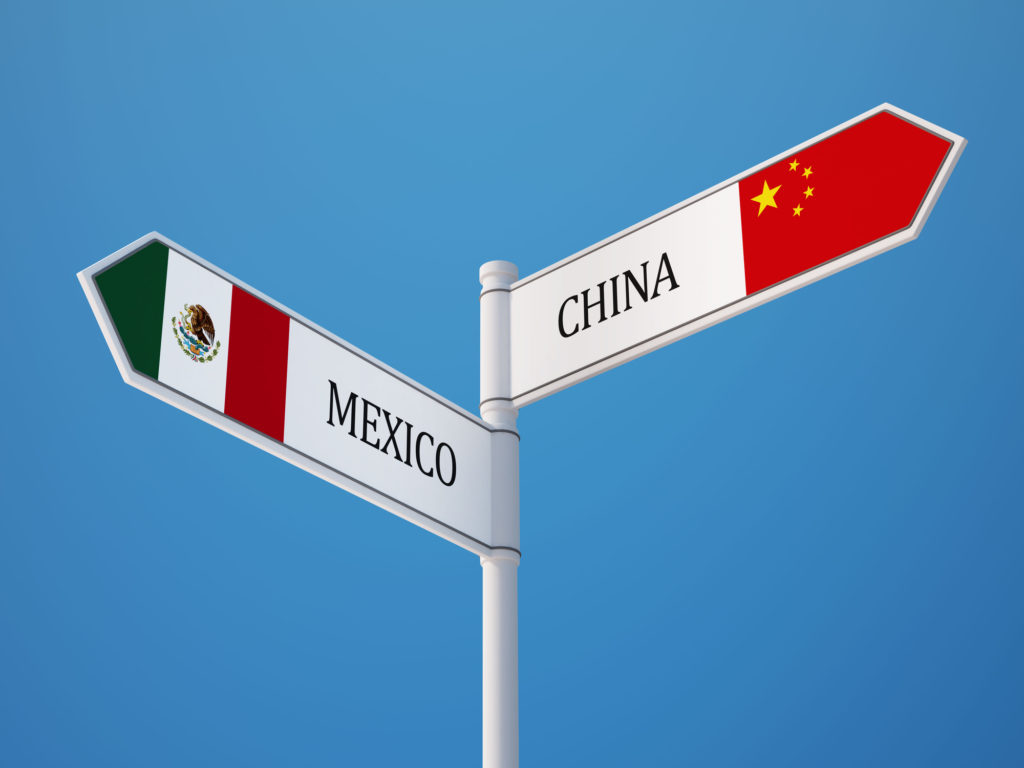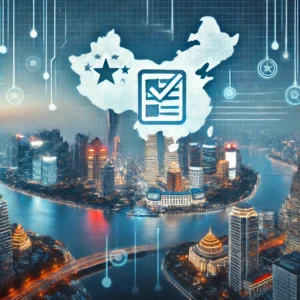Are you currently sourcing products from China or Southeast Asia? Though these regions have long been popular choices for businesses seeking cost-effective manufacturing, it’s time to consider Mexico as an alternative.
Mexico has emerged as a top destination for global trade, attracting companies with its favorable business practices, vibrant culture, and strategic location. In this series of blog posts, we will explore why moving your business to Mexico could be a smart decision, especially when compared to doing business in Asia. We will also address the geopolitical threats that impact imports from China and emphasize the importance of establishing a new supply chain in Mexico before the imposition of additional restrictions in the Asia supply chain.
This first post is an overview of the topics we will address.
First: Let´s Talk About Business Culture
In much of Asia, business culture emphasizes hierarchy, formalities, and long-standing relationships. Though these things can be valuable, they also can also result in slower decision-making processes and challenges for new entrants. Mexico, on the other hand, can offer a more direct and open business culture. Mexican professionals tend to be approachable, flexible, innovative, and willing to engage in open discussions. This allows for quicker negotiations, efficient problem-solving, and more agile business operations.
Important: Building Trust
Trust is a crucial element in any business relationship. Mexicans are known for their warm hospitality and genuine friendliness, making it easier to establish trust and rapport. The concept of “personalismo” is highly valued, emphasizing personal connections and trust-building in business interactions. This cultural aspect contributes to faster relationship development, helping businesses thrive.
Key Advantages: Proximity, Time Zones and Trade
Mexico borders the United States, so moving your business operations from Asia to Mexico will significantly reduce your shipping times and transportation costs when compared to sourcing from Asia. This proximity also allows for more effective supply chain management, just-in-time deliveries, and easier communication with your manufacturing partners. Overlapping time zones facilitate real-time collaboration, enhancing efficiency and responsiveness. Mexico’s closeness to the United States greatly reduces travel time and costs. Trade in your ten-thousand-dollar six-day trip to China for a one-thousand-dollar two-day trip to Mexico.
The United States, Mexico and Canada created the largest free trade region in the world, governed by the USMCA (aka CUSMA/TMEC) agreement. It is a new, high standard 21st century agreement that supports mutually beneficial trade leading to freer, fairer markets, and to robust economic growth in the region. The agreement was signed in 2018 and it was entered into force on July 1 of 2020. It replaced the 1994 NAFTA (North Atlantic Free Trade Agreement).
Significant Differentiators: Human/Employment Rights, Intellectual Property and Quality Control
Chinese workers typically have long work hours, low wages, and relatively limited safety measures. Freedom of expression is often restricted. Mexico´s labor laws protect workers’ rights, establish and generally enforce minimum wage standards, and provide benefits such as health insurance and government mandated profit sharing. Mexico´s labor force is allowed to assemble and organize.
Intellectual property protection can be a critical consideration when choosing a manufacturing destination and Mexico provides stronger legal frameworks and regulations to safeguard intellectual property rights than most countries in Asia. Mexico’s IP protection and registration costs are typically less than for Asia as well.
Quality control is essential for any business, and Mexico has made remarkable strides in this area. The country has a strong and diverse manufacturing base with a strong focus on quality standards and certifications. Mexico’s commitment to maintaining high-quality manufacturing practices helps mitigate common concerns associated with sourcing from certain regions in Asia.
An Important Consideration: Payment Terms
When sourcing from Asia, it is common for suppliers to require significant upfront payments, typically 50 to 70 percent (and sometimes even 100 percent) before shipment. In Mexico, businesses typically enjoy more favorable payment terms. Mexican suppliers are also generally open to negotiating payment terms and offering flexible payment terms to improve cash flow and facilitate smoother financial operations.
Last but not least: Geopolitical Threats, and Supply Chain Stability
It is important to consider potential geopolitical threats that restrict and/or increase the cost of imports from China. Tensions between China and Taiwan raise substantial concerns about disruptions to Asian (not just China) supply chains. As the United States and other countries assess their trade relationships with China, it becomes increasingly important for businesses to diversify their supply chains to mitigate risks.
Establishing a new supply chain in a different country takes time and effort. It involves finding reliable manufacturing partners, setting up logistics networks, and ensuring a smooth transition of production. Waiting until import restrictions are in place or until geopolitics blocks your product from coming or going could lead to delays, increased costs, and potential disruptions to your business operations.
Conclusion:
Shifting product manufacturing from Asia to Mexico could be a compelling move for your business. Be proactive and figure out now whether Mexico should be in your future.
* This post was written by Elisa Bueno.
Elisa is a Mexico based chemical and environmental engineer and the founder of Bueno Global Solutions, which focuses on helping companies with nearshoring to Mexico and optimizing their global supply chains. Elisa prides herself on leveraging her in-depth knowledge of environmental engineering to create sustainable solutions that balance economic, social, and environmental considerations and on her commitment to delivering exceptional client results via long-term partnerships based on trust, integrity, and collaboration.

























